I'm working on a UWP C# Bluetooth application with 3d representation view.
(of the hand and fingers will receive sensors ST microelectronic WESU)
For the moment, I used windows phone 8 application (desktop and Windows phone) for Bluetooth with the ti sensor tag and DirectX example.
Now I arrived to read computed quaternion from the stmicro wesu sensor with a custom UWP BLE example (originally present in the Windows SDK).
But now that it works fine with ble /sharpdx /uwp and Windows 10. But when I tried now to execute the application on Lumia 640, I have an exception.
The issue is that it uses DirectX 9 and it is not supported in UWP by sharp dx.
The sharp dx team confirmed me that UWP doesn't work with DirectX 9 (core.net if I remember correctly).
I tried to downgrade the version used for the pixel shader and vertax shader as below but it doesn't do the job.
so my question is how can I arrive to run DirectX 9 Under UWP on the Lumia 640?
//
using (var vertexShaderByteCode = ShaderBytecode.CompileFromFile("vertexShader.hlsl", "main", "vs_4_0_level_9_1", ShaderFlags.None))
{
vertexShader = new D3D11.VertexShader(this.device,vertexShaderByteCode);
inputSignature = new ShaderSignature(vertexShaderByteCode);
}
//
using (var pixelShaderByteCode = ShaderBytecode.CompileFromFile("pixelShader.hlsl", "main", "ps_4_0_level_9_1", ShaderFlags.None))
{
pixelShader = new D3D11.PixelShader(this.device , pixelShaderByteCode);
}
